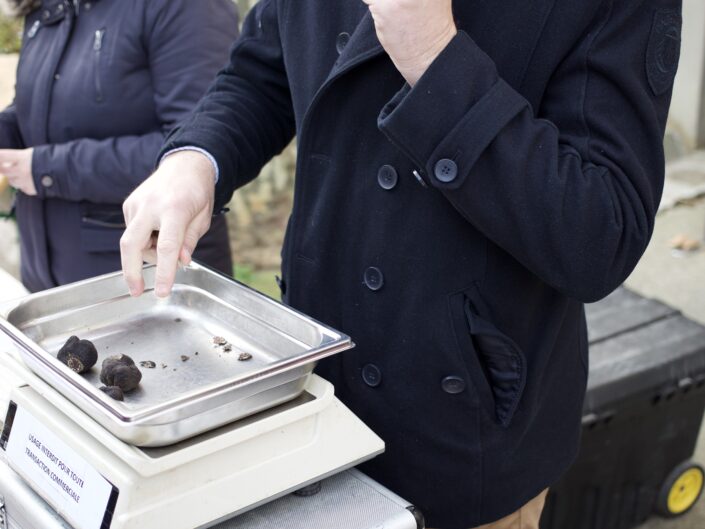I shall investigate these interactive patterns of actions or ‘performances’ (Madeira, 2022), using a New Materialist theoretical framework. A key characteristic of this approach is that it will enable me to move beyond anthropocentricism and employ qualitative methods to help me probe a range of coexisting phenomena. In other words, I will consider each of the different players in my enquiry as having equal status. This perspective will be particularly important as I scrutinise the play between human and non-human animals, avoiding assumptions of human dominion over other creatures.
New Materialism is also commensurate with my project being practice-led, employing photography, including post-human photography in the form of trail cameras, to make images of non-human animals in settings where a photographer is not present when the image is made (von Essen et al., 2023).
I sense that a new materialist theoretical framework will inevitably and very quickly oblige me to face such issues as anthropomorphism and human exceptionalism. I am preparing for these challenges through my literature review, where I will draw on criticism of anthropocentrism by writers such as Donna Haraway (2007) and calls for political and social activism on behalf of non-humans by authors such as Eva Haifa Giraud (2019).
After consideration of different research methods, the qualitative research method that I have concluded is the most appropriate to my project is ‘autoethnography’. I am persuaded that autoethnographic methodology can accommodate the five different ‘threads’ I have outlined above. Furthermore, I believe that autoethnography is commensurate with maintaining different forms of photography within my work both as appropriate research tools and as project outputs.
The word ‘autoethnography’ is a portmanteau of two words, ‘autobiography’ and ‘ethnography’. Autobiography is where an author selectively and retrospectively writes about their own particular experiences. They use meaningful artifacts such as diaries, photographs, videos, objects and interviews with others to “reflect on, record and report experiences living through time, space and circumstance” (Moore, C, 2022).
The practice of ‘Ethnography’ is ‘the study of culture through participant observation, where the researcher makes observations, takes notes, and then analyses those observations and notes with reference to other material ‘(Moore, C, ibid).
Thus autoethnography allows researchers to explore their own experiences and connect them to broader social contexts. By analysing personal experiences, emotions, and interactions, it is possible to uncover valuable insights into the chosen subject area. Autoethnography empowers individuals to share their stories and contribute to the collective knowledge in their field. (Adams et al, 2022 pp1 – 13).
So, in the present project, my aim is to combine autobiography with ethnography to provide an account of human and non-human animal interaction. As the source of qualitative research data, I will draw from my own experiences, observations, contact with residents and knowledge of the area gathered during years of living in the rural setting that is the locus of my investigation.













































